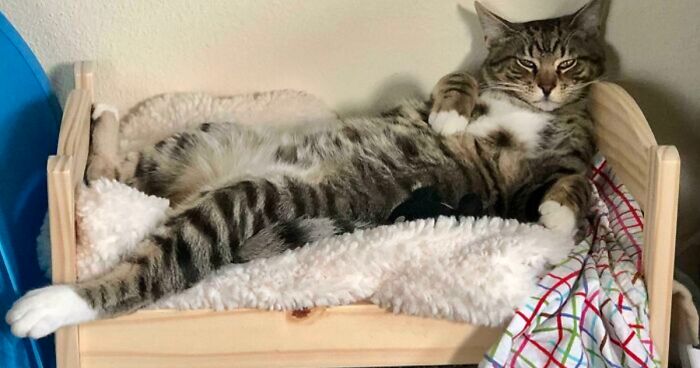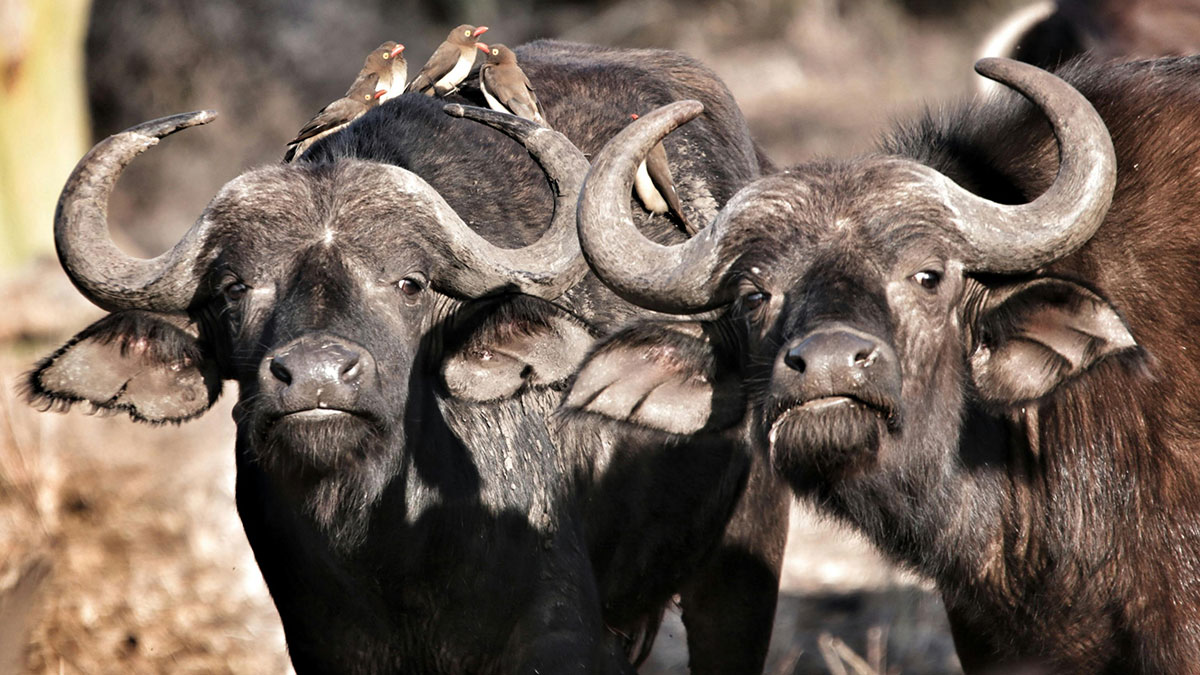
When Nature Gets Weird: 50 Odd Facts That May Leave You Looking At The World Differently
Most of us learned about nature and animals in school. But as we step outside the four walls of those classrooms, we realize that the world around us is much more intricate and fascinating than what we’ve read in science textbooks.
For today, we have a bunch of random yet interesting facts for you to digest. There’s a good chance you’re learning about many of these for the first time, which is always fun.
Whether it’s about a pigeon’s magnetic sense of direction or how trees can communicate with each other, these pieces of trivia can be excellent conversation starters for your next dinner party.
This post may include affiliate links.
African Buffaloes Make Decisions By Voting
Turns out, Democracy isn’t just a human behavior. Animals take part in it as well! The African buffalo is one of the animals most well-known for using a voting tactic to make travel decisions. African buffalo herds actually use a form of voting when trying to decide which direction to travel in. One at a time, adult females will stand up and look in a certain direction before sitting down. Whichever direction gets the most amount of looks is typically where the herd travels. Interestingly, if the vote is divided, the herd will actually split up temporarily. Only the adult females are allowed a vote, regardless of social status within the herd.
Reindeer Eyeballs Turn Blue In Winter To Help Them See At Lower Light Levels. (They're Golden-Colored In Summer.) No Other Mammals Are Known To Have This Ability
Bats Save Billions Of Dollars A Year
Bats tend to get a bad rap. The truth is, they gobble up lots of troublesome insects. In fact, they're so good at keeping pests away from food crops that they save U.S. farmers alone at least $3.7 billion on pesticides every year. So bats are actually a significant factor in the U.S. agricultural economy.
Since this list contains odd facts about nature and animals, here’s one about a frog that can glide through the air. If you haven’t heard about the Wallace’s flying frog, it is worth checking out.
This breed of amphibian has two pairs of webbed feet, which allows it to have a bit of hang time. It can even adjust mid-flight and change directions.
In High Temperatures, Nectar Ferments, Causing Bees To Become Drunk. Their Hive Won't Let Them Back In Until They've Sobered
Orangutans Self-Medicate
A Sumatran Orangutan in Indonesia has been observed healing a nasty wound on its face by making a paste from a native plant known to locals as having healing properties. The primate chewed the stems and leaves of the Akar Kuning plant (Fibraurea tinctoria), a type of liana vine, and repeatedly spread the juice and shredded leaves on his open wound over a number of days.
Young Goats Pick Up Accents From Each Other, Joining Humans, Bats, And Whales As Mammals Known To Adjust Their Vocal Sounds To Fit Into A New Social Group
You can add cows to this as well. It’s well documented that English cows go “Moo”, whilst French cows go “Le Moo”. I know, I’ve heard them.
Here’s a fun fact about snakes: most have a slow metabolism, so they rarely eat. Pythons and vipers can go months without eating or moving from one spot.
Their bodies can also store energy for long periods, allowing them to survive without having a meal. Talk about taking intermittent fasting to an entirely new level.
Desert Foxes Use Their Big Ears To Keep Cool
Desert foxes, especially the tiny Fennec Fox, have really big ears. But these ears aren’t just good for hearing. They help the foxes stay cool in the hot desert. The large ears act like natural air conditioners, releasing heat and keeping the foxes comfortable in the scorching sun.
Happy Guinea Pigs Pop Like Popcorn
When a guinea pig, particularly a baby guinea pig, gets excited, it just can't hold that feeling in. It pushes off from all four feet and hops straight up in the air, looking like a kernel of popcorn in a microwave.
Guinea pigs aren't the only animals that popcorn, as this behavior is called. Gazelles will do something similar to ward off predators, and even horses have been known to popcorn on occasion.
It's the cutest thing! If you need a little happiness top-up, go and watch some piggy popcorning videos!
Camels' Humps Are Made Up Of Fat, Not Water
It's time that the world knew the truth. While you probably didn't think those camel humps were beverage coolers, you might have imagined that all the water that a camel drinks—up to 53 gallons in three minutes—has to go somewhere. And it does, but it's not in its humps. The water stays in the camel's stomach or bloodstream.
Those humps are actually storing fat, which is the camel's energy source when food is scarce. Since camels live in hot environments, they don't want all that fat insulating and overheating their organs, so it's stored in natural "backpacks" instead.
Numerous studies have established a connection between humans and chimpanzees. The most glaring one so far is the penchant for consuming alcohol and getting inebriated.
Researchers found that chimps are fond of soaking palm wine in their mouths using leaves, leading to the development of the “drunken monkey” hypothesis. The theory suggests that alcohol consumption dates back to millions of years ago, through humanity’s closest living relatives.
A Single Strand Of Spider Silk Is Thinner Than A Human Hair But Also Five Times Stronger Than Steel Of The Same Width. A Rope Just 2 Inches Thick Could Reportedly Stop A Boeing 747
Male Gentoo And Adelie Penguins "Propose" To Females By Giving Them A Pebble
These are precious because the penguins use them to build their nests, and they can be hard to find along the barren Antarctic shoreline. If the female accepts the pebble, the pair bonds and mates for life.
A Tiger's Skin Also Has Stripes
Beneath a tiger's fur, the animal's skin is striped as well. Although shaving a tiger is not recommended, if you were to do so, you would see dark and light stripes in the same pattern as its fur.
Just as some men have a very visible "five o'clock shadow" where their beards grow, the dark hair follicles of a tiger are easily distinguished from the light ones on its skin. Snow leopards and other big cats also have skin markings to match their fur.
Lions may be the kings of the jungle, but for most wild animals, humans are still the top apex predators on the planet. A paper published in Current Biology revealed that the fear of humans “significantly exceeded” the fear of lions in the savanna mammal community.
However, it’s not entirely a good thing. As University of Western Ontario biology professor Liana Zanette tells The Guardian, the pervasiveness of the fear of humans may affect the overall food chain, which may have a worldwide environmental impact.
Elephants "Never" Forget
Have you ever heard the phrase, “memory like an elephant?” It turns out that elephants actually do have a better memory than most living things.
All mammals, including humans, have four different lobes in their cortex: occipital, parietal, temporal, and frontal lobes. All four of these lobes play a key role in the functioning of our brain. From language acquisition to processing auditory information, each lobe is crucial.
Elephants actually have a larger and denser temporal lobe, comparatively. The temporal lobe is commonly associated with memory acquisition, allowing elephants to have an incredible memory.
The Loudest Animal In The World Is A Shrimp
Ready for another mind-blowing fact about nature? Well, one of the loudest animals in the world is a shrimp that is just 2cm long. The Pistol Shrimp can snap its claw so fast that it can be used as a sonic weapon that it uses to stun prey, before eating them.
As the claw snaps shut, it fires a blast of bubbles. As the bubbles collapse, they produce a sonic blast that’s so loud it can even disrupt the sonic transmissions of submarines. The imploding bubbles also momentarily generate temperatures almost as hot as the sun. The sonic blast stuns the prey, allowing the tiny shrimp to feast without having to engage in a fight. It’s a good reminder that small can be mighty.
Odontodactylus scyllarus, also known as the peacock mantis shrimp.
Crows Remember Faces
Researchers have found that crows can recognise individual human faces. It is believed that crows learn to recognise threatening humans from both their parents and others in their flock.
Ornithologists believe this gives corvids the evolutionary edge. One researcher, Dr Marzluff said “If you can learn who to avoid and who to seek out, that’s a lot easier than continually getting hurt. I think it allows these animals to survive with us and take advantage of us in a much safer, more effective way.”
Now, let’s shift the focus to you, readers. What weird yet fascinating animal facts do you know? Share them in the comments section below!
Squirrels Plant Thousands Of Trees Each Year
Squirrels help the environment by planting trees without even realizing it. They bury nuts, which they sometimes forget to retrieve. These forgotten nuts then grow into new trees, aiding in forest growth.
I actually grew peanuts one year. Derpy squirrels planted a bunch and they grew. Kinda cool.
Donkeys Aren't Waterproof
They are not like other equines, and are less able to repel rain than horses because they have less oil in their coats. This is thought to be because donkeys are descendants of the African Wild A*s, whose natural environments are the hot, dry semi-desert and mountainous climates of Africa and the Middle East - not damp wet weather.
Cows K*ll More People Than Sharks
Hard to believe, but true. Sharks k*ll an average of 5 people per year while cows k*ll an average of 22 people per year. In fact, humans are more deadly to sharks than they are to humans. Humans k*ll about 100 million sharks per year!
There Are Animals That Can Live Forever. Well, Sort-Of
Immortal jellyfish, along with at least five other jellyfish species, dodge death by hitting rewind. Even after a dead medusa has collapsed into a pile of mush, its cells can grow into polyps. It's like a fragment of butterfly wing turning into a caterpillar.
Immortal jellyfish can still die, from predation and disease, but their regenerating abilities make them tough and successful.
Trees Can Fight Back
Believe or not, if there’s a threat, trees don’t always allow it to harm them. In fact, sometimes, trees fight back. Now, it would be a little terrifying if trees fought back the way the apple trees do in Wizard of Oz. Thankfully, you won’t encounter any apple-throwing trees in the near future. Trees actually protect themselves in a much more subtle way.
If an insect attacks a tree, it will fight back. Trees can flood their leaves with chemicals called phenolics, helping to deter any pests that may cause harm to the tree. They also have protective structures and processes that help protect them from disease, similar to our immune system.
The Amphibian That Can Regrow Any Of Its Limbs
Salamanders have the ability to regrow limbs that they lose within weeks. According to medium.com, when a salamander loses a limb, the wound gets sealed with a blood clot like a human's does. This is where the human experience begins to differ from the salamander's. A clump of stem cells called a blastema forms beneath the surface of the wound. Impressively, these stem cells multiplies and recreates the missing limb. These cells convert into bone cells, skin cells, and muscle cells in order to create a perfect duplicate.
Based on the levels of certain cells, vitamins, or acids available, the salamander can determine how much of the limb needs to be regrown.
Fascinating! I wonder if regrowing a limb shortens their lifespan though.
Platypi Can Sweat Milk
To be fair, very few things about platypi aren’t weird. These Australian mammals are part of a mostly-extinct group of mammals known as monotremes that have some un-mammalish habits. For example, laying eggs! However, like other good mammal mothers, platypi do care for their young.
Instead of feeding their babies through a well-developed teat or nipple like other mammals, platypi secrete milk more diffusely. In other words, they “sweat” out the milk from mammary glands. The result? Milk sort of oozes from a region of their skin, which the young platypi (sometimes called puggles) can lap up.
platypus are definitely an animal made up from spare parts after consuming a few brews
Snow Leopard's Paws Act As Natural Snowshoes
The wide, fur-covered paws of a snow leopard serve as natural snowshoes, helping to distribute its weight over soft snow and protect it from the cold.
I would LOVE to pat a snow leopard's tummy fur. On my gravestone: ''Was totally worth it''.
Bees Dance To Communicate
It’s hard to think bees could get more interesting, but turns out, they can! Just like many other species, bees communicate with one another. They live in a hive together and must all work together, so communication is certainly key. However, what sets bees apart from other species is that they actually communicate by dancing!
Bees have two different dance moves that allow them to show other bees where flowers are located. One bee will dance while the others watch to learn which direction they can find the flower patch in.
Many Fish Change Sex As They Age
About two percent of fish species can change their sex during their lifetimes. Some tropical fishes like many in the wrasse family (Labridae) actually change sex based on their age and size. This permanent change happens when they reach a certain age or size, usually because they can compete with other males for mating opportunities.
Think about it: A female fish living in a coral reef can spend years mating with nearby males to lay eggs and produce young. One day, she decides it’s time, and in a matter of weeks or months changes completely over to a male. Now, she is competing with her ex-boyfriends for opportunities to mate with local females. How’s that for a weird nature fact? Fish like these, including the wrasses and parrotfish (family Scaridae or subfamily Scarinae), which change from female to male, are known as protogynous.
And they didnt even have any liberal, commie teachers indoctrinating them.
These are adults making the change, not 5 or 12 year olds. (Whatever the fish equivalent would be)
Load More Replies...That's why finding Nemo was confusing. Wouldn't his dad just turn into mom?
The transphobes and their misinformation in the comments need to step into traffic imho.
something something, someone disagrees with me, something something, I will give them a “phobic” label. Grow up.
Load More Replies...Yes. Humans can't stop producing sperm and then produce eggs, or vice-versa
Load More Replies...No one thinks that a biological male can morph into a biological female. Literally no one thinks that, despite you people repeatedly claiming that we do. You just don’t understand trans people, so you decide to treat them like c**p. It’s really easy to see through and shows how unintelligent you are. Sucks to suck!
Load More Replies...Nah. The overwhelming majority of us know that we're just humans and, like the rest of nature, we all have differences. Then there are the minority of humans who are just small-minded àssholes with unfortunately large mouths.
Load More Replies...Cat’s Were First Domesticated 4000 Years Ago In Ancient Egypt
Cats were initially valued for their ability to k**l rodents and venomous snakes, but tomb paintings show that many of these felines were also household pets and a part of family life.
cats actually domesticated themselves they stayed near human food sources as thats where rodents where.
Polar Bears Are So Efficient At Storing Vitamin A, Consuming Polar Bear Liver Can Cause Death....one Polar Bear Liver Contains Enough Vitamin A To K**l 52 Adult Humans
Barn Owls Divorce Each Other
Ecologists have found that while barn owls are normally monogamous – mating with only one partner for life – about 25% of mating pairs “divorce”, and move on to new partners.
It appears the reason for divorce in barn owls is less irreconcilable differences and more so if breeding isn’t going to plan. If a breeding pair of owls isn’t managing to lay many eggs, or the majority of their chicks aren’t surviving then that seems to be the cue for barn owls to move on. When that happens, the male owl gets to keep the nest, and the female has to find a new home.
This parting of the ways in case of poor breeding success is very widespread among birds.
There Are Mosses That Only Grow On Moose Poop
Mosses are fascinating and ancient plants with unusual lifestyles compared to the leafy plants with which folks are familiar. Being very small, tolerant of shade, and spreading via spores, they can end up in interesting places. In fact, mosses’ peculiarities often mean that they need to specialize in living in very particular places to compete for space. Here’s one for your weird nature facts: the red parasol moss Splachnum rubrum grows only on moose poop.
This pretty little moss, less attractively known as dung moss, makes its life on animal poo, particularly that belonging to American moose (Alces alces). But how do the mosses reach their poopy homes in the first place? Studies show that their fruiting bodies give off a smell that attracts flies, and these flies disperse moss spores to other dung sites.
Male Seahorses Give Birth
Seahorses display a kind of reversed pregnancy – after fertilisation, eggs are transferred into the male’s brood pouch to develop. The eggs receive oxygen and protection, and gestation lasts from 14 to 28 days, after which the male gives birth to live young known as fry.
Frogs Freeze In Winter And Thaw In Spring
Some frogs have an incredible ability to survive freezing cold winters. They can actually let their bodies freeze and then thaw out when it warms up. This adaptation lets them live through temperatures that would be too cold for many other animals.
Sloths Only Poop Once A Week
Sloths only go to the ground in two circumstances: to defecate and urinate once every five to seven days or when they cannot move along the canopy due to lack of connection between adjacent trees.
Trees Can Communicate With Each Other
Now, we know what you’re thinking: how can trees talk to one another? Well, while trees certainly can communicate with each other, it actually can’t be seen with the naked eye, making it impossible to detect on an everyday stroll through nature.
Trees “talk” to one another through an intricate network of fungi in the soil dubbed the “Wood Wide Web”. It connects trees at their roots, allowing them to communicate by sending signals about upcoming threats like droughts or disease — and that’s just the tip of the iceberg. This allows trees to alter their behavior upon receiving the signal.
The Smell Of Freshly Cut Grass Is A Distress Signal
Whilst the smell of freshly cut grass may be synonymous with summer, the reason why cut grass smells isn’t such a sunny story. According to botanists, what we are actually smelling is a warning signal being released by plants under attack. In one of the more disturbing nature facts, the smell is described as ‘cries of horror’ from the cut grass which are received by other plants and animals.
Why does grass do this? Well, the smell emitted by freshly mown grass is known as green leaf volatiles (GLVs). All plants produce GLVs. One particular study on corn crops found that when predators chewed on the corn, the GLVs made other corn plants produce substances which made them less tasty. This suggests that plants use GLVs as a warning system – letting other plants know about potential threats.
Hummingbirds Can Fly Upside-Down And Backwards. Their Metabolism Moves So Fast That They Are Always Hours Away From Starvation
They work so hard for that hard work to only work for a short amount of time! Aw bless
Approximately 99 Percent Of A Panda’s Diet—bamboo Leaves And Shoots—is Void Of Much Nutritional Value
Its carnivore-adapted digestive system cannot digest cellulose well, thus it lives a low-energy, sedentary lifestyle but persists in eating some 60 species of bamboo. Pandas must eat upwards of 30 pounds of bamboo daily just to stay full.
Honey Never Spoils
Archaeologists have found pots of honey in ancient Egyptian tombs that are over 3,000 years old and still perfectly edible.
Octopuses Have Three Hearts
Two pump blood to the gills, while the third pumps it to the rest of the body.
Hedgehogs Are Lactose Intolerant!
It was once believed that hedgehogs stole milk straight from cows’ udders, which may have been why people so commonly leave milk out for them. But they are actually lactose intolerant – so if you want to feed your local neighbourhood hedgehog, wet cat food or hedgehog food you can purchase in most garden centres is best!
Or just create a diverse garden and they will happily strut around and feed themselves snails and yummy stuff.
Manatees Control Their Buoyancy By Farting
Scientists say there is some evidence that manatees can regulate their underwater buoyancy by farting – releasing gas to sink deeper into the water, or storing it to rise closer to the surface.
This evidence includes just how muscular the manatee’s abdominal muscles and diaphragm (the muscle that helps control breathing) are. When this is combined with the enormous size of the manatee’s large intestine, and the ease with which manatees can adjust their depth in the water with minimal movement, then these factors indicate that farting could play a large role in their buoyancy control.
Dolphins Have Names For Each Other
Just when you thought your favorite underwater mammal couldn’t get any cuter, we have some news for you.
It’s a well-known fact that dolphins are highly social creatures. They typically travel in what we call pods, which can include anywhere from 2 to 30 dolphins. It’s also another well-known fact that dolphins are extremely intelligent. If you’ve ever had the pleasure of meeting a dolphin, you know this first-hand.
Turns out, dolphins actually have names for one another. Scientists have found that these marine mammals use a distinctive whistle to identify each other. When a dolphin hears their own “name” called to them, they respond.
They're anything but cute. Some of the most violent sexual behaviour in the animal world (with the exception of humans) is by dolphins
Pigeons Can Detect Earth’s Magnetic Field
Pigeons have an amazing sense of direction. They can detect Earth’s magnetic field, which they use to navigate during their long flights. This magnetic sense helps them find their way home across great distances, a skill that has been admired and utilized by humans for centuries.
There Are More Trees On Earth Than Stars In The Milky Way
There are so many trees covering our planet that scientists had to figure out a new method to quantify them, and they’ve actually calculated that there are more trees on Earth than stars in the Milky Way.
Scientists have determined that the number of stars in the Milky Way ranges from 100 billion to upwards of 400 billion, but there is an estimated amount of 3 trillion trees on Earth. That’s a lot of trees! Even with all those trees currently on Earth, it is still very important that we continue protecting our forests and planting more trees!
There are more hydrogen atoms in a single molecule of water than there are stars in our solar system.
If A Male Clown Fish Loses His Parter, He Will Develop Female Reproductive Parts And Mate With His Male Offspring
Arctic Foxes Change Their Fur Colour Depending On The Season
Different seasons can mean different climatic conditions and opportunities for the Arctic fox. So its fur colour can change between seasons for thermal insulation as well as to help blend with its immediate surroundings. In the winter, their fur morphs into the iconic, thick white coating. But as summer arrives, snow melts, and Arctic foxes start to shed their long white coat to a shorter, thinner fur, which can come in a variety of colours, from dark and light grey, charcoal brown to bluish brown coating.
Not suggesting an experiment but siamese cats can do the same. If they live in a cold environment for a while the brown on their ears, snoot, paws and tails (their normal cold spots) will spread and turn them brown all over
Puffins Dress To Impress In Breeding Season
Puffins are black on top with white bellies and cheeks. In the breeding season, they have brightly-coloured bills, orange legs and very distinctive red and black eye markings.
Bananas Are Berries, But Strawberries Aren't
In botanical terms, a berry is a fruit produced from the ovary of a single flower with seeds embedded in the flesh. By this definition, bananas qualify, whereas strawberries do not.
Birds Are Descended From Dinosaurs
When we think of dinosaurs, we often think of large, reptile-like creatures. The Tyrannosaurus Rex is often thought of as a scaled-up, ferocious lizard, but that might not be the case for all other dinosaurs.
Since the 1960s, many scientists have found recurring evidence that birds are direct descendants of these prehistoric reptiles. In fact, according to the Smithsonian Magazine, all living birds are indeed dinosaurs, but not all dinosaurs were considered birds. Some dinosaurs even had feathers just like birds!
There Is A Coffee Made From Beans That Have Been Extracted From The Droppings Of The Asian Palm Civet
Looking something like a cross between a cat and a mongoose, a civet loves the flesh of coffee berries, but cannot properly digest the beans, which emerge whole when it defecates. These beans are then collected and sold as Kopi luwak, hailed variously as “the Holy Grail of coffees” and “the most exotic beverage on the planet.
And some of them are kept cruelly in nasty little cages all their lives and fed coffee beans for this purpose. Nasty.
Orcas Are Pregnant For 17 Months
Please do a cursory fact check, even just Google before posting. Most are correct but lots of misleading or wrong info.
Nah, it gives the pedantic pandas something to do! It used to get on my nerves as well but I finally just said fvck it.
Load More Replies...How are donkeys not waterproof? Waterproof things still get wet on the outside, if skin is confusing think of a roof, the roof gets wet, but the water doesn't go through. Donkeys get wet, like humans, but also like humans they aren't absorbing the water like a sponge or letting it pass through like a net. I understand it must be tough to ChatGPT so many articles a day, but please stop trying to subtract from the sun of human intelligence.
Are you suggesting... Roger Clemens wrote this post?!?
Load More Replies...I'm glad that this article was edited down from 52 to 50 pics. So needed it . /s
Some people are new people and are learning. Let them have new facts without pissing on their curiousity and wonder.
Load More Replies...Please do a cursory fact check, even just Google before posting. Most are correct but lots of misleading or wrong info.
Nah, it gives the pedantic pandas something to do! It used to get on my nerves as well but I finally just said fvck it.
Load More Replies...How are donkeys not waterproof? Waterproof things still get wet on the outside, if skin is confusing think of a roof, the roof gets wet, but the water doesn't go through. Donkeys get wet, like humans, but also like humans they aren't absorbing the water like a sponge or letting it pass through like a net. I understand it must be tough to ChatGPT so many articles a day, but please stop trying to subtract from the sun of human intelligence.
Are you suggesting... Roger Clemens wrote this post?!?
Load More Replies...I'm glad that this article was edited down from 52 to 50 pics. So needed it . /s
Some people are new people and are learning. Let them have new facts without pissing on their curiousity and wonder.
Load More Replies...
 Dark Mode
Dark Mode 

 No fees, cancel anytime
No fees, cancel anytime 




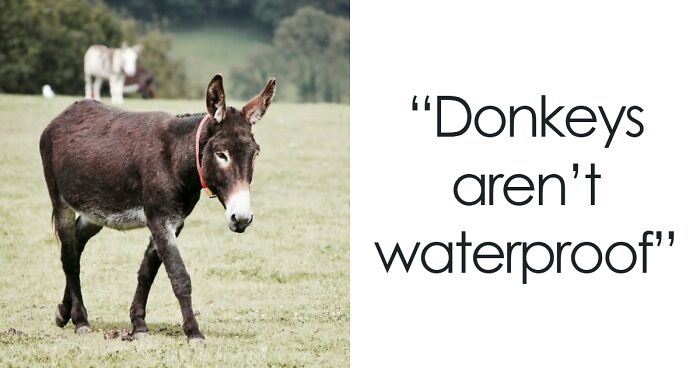







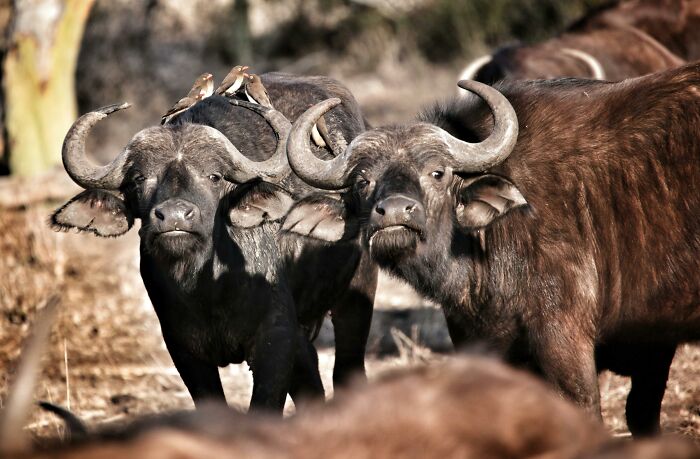

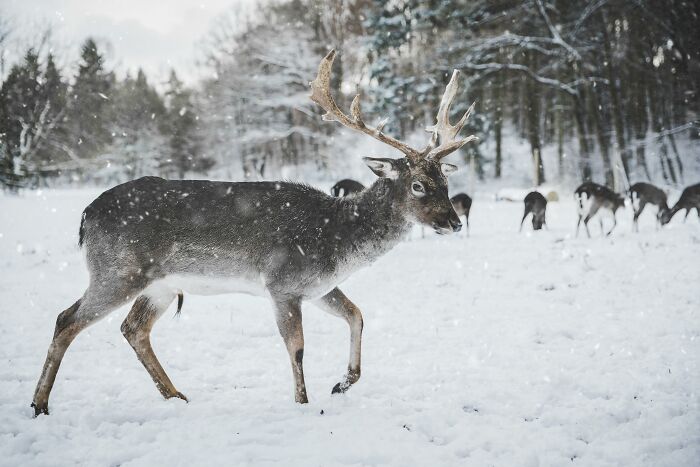
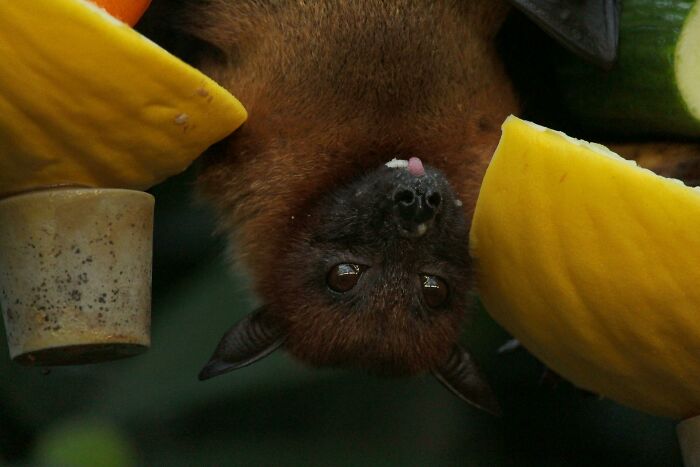
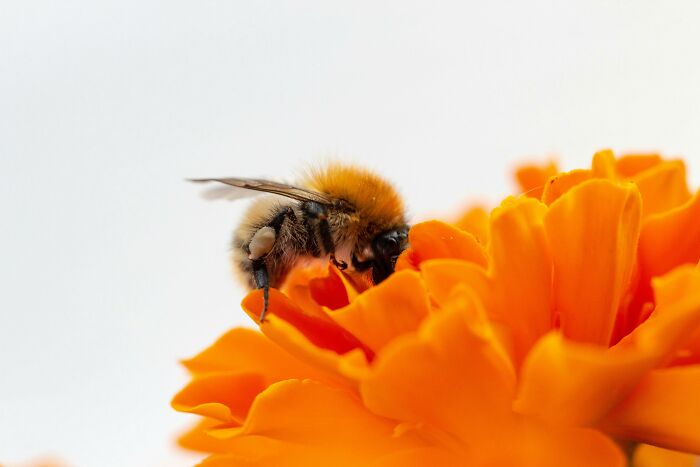
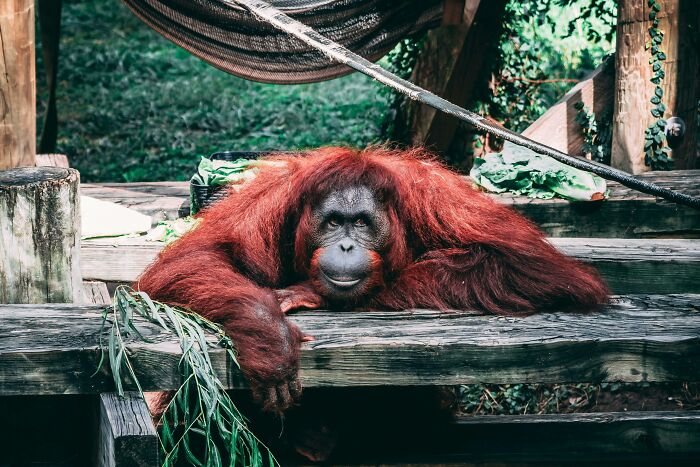

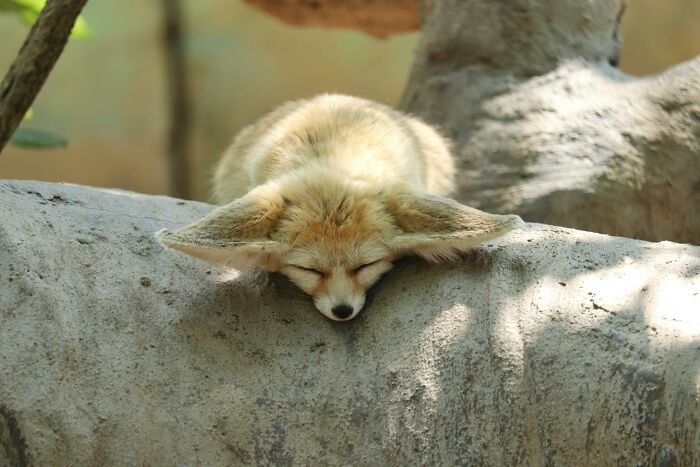
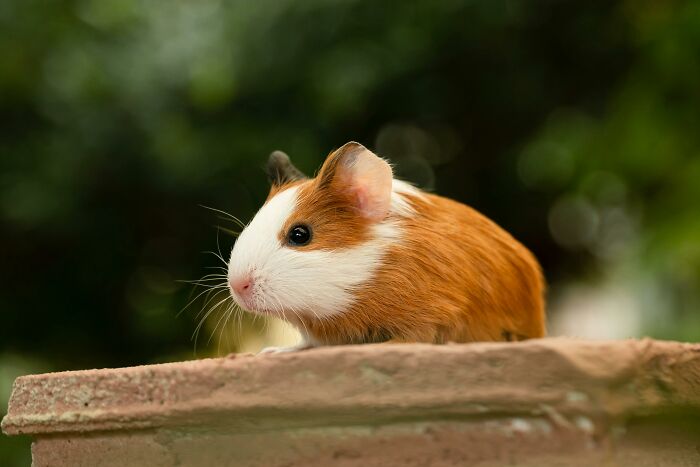
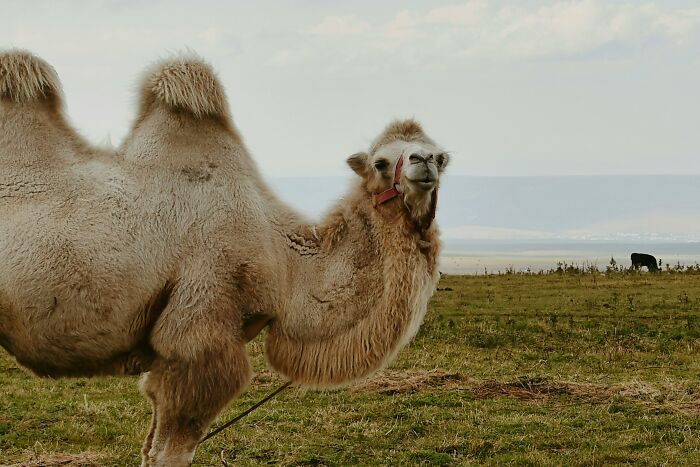
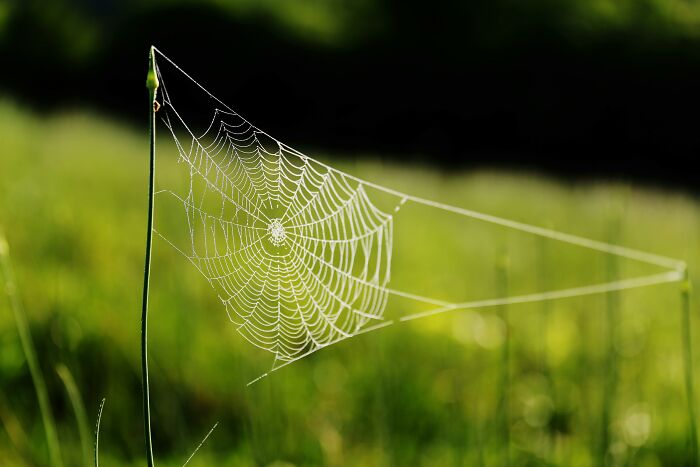
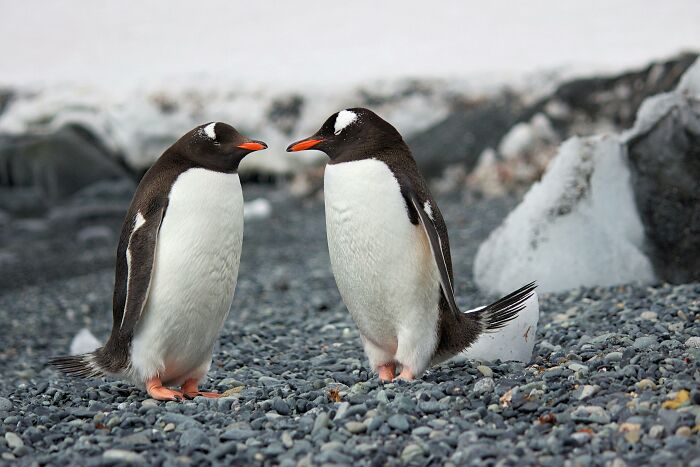
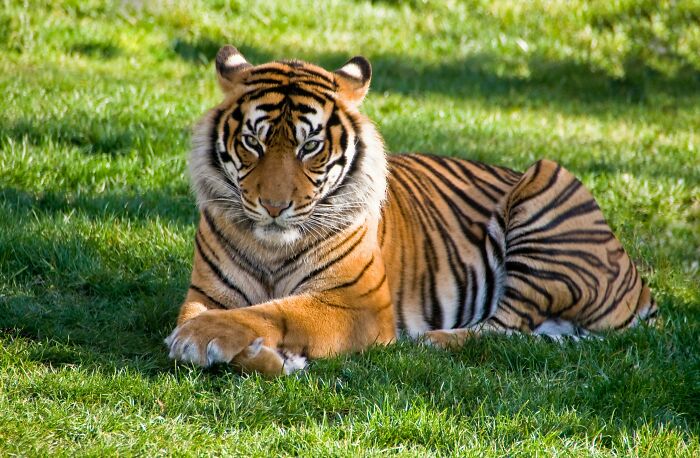
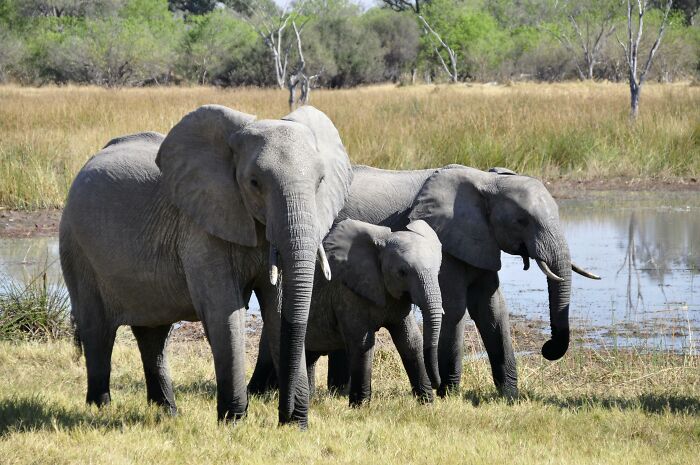
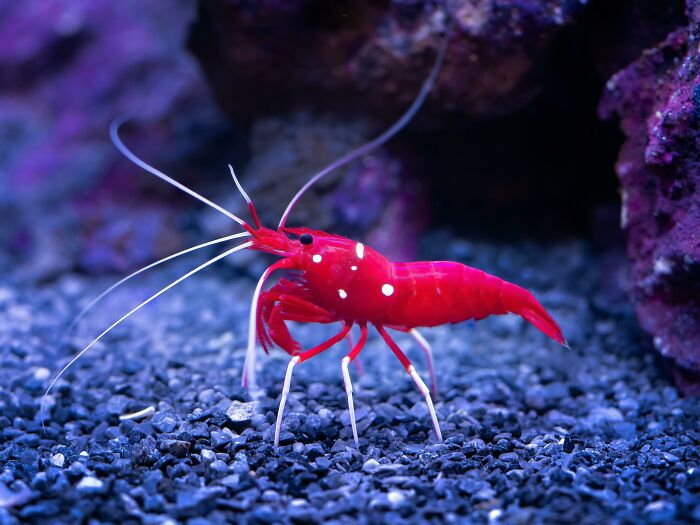
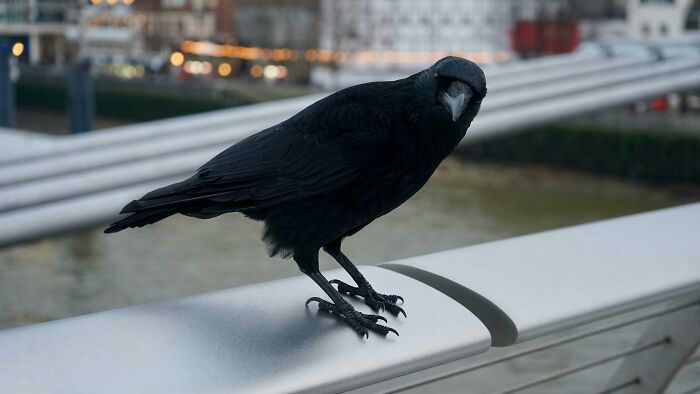
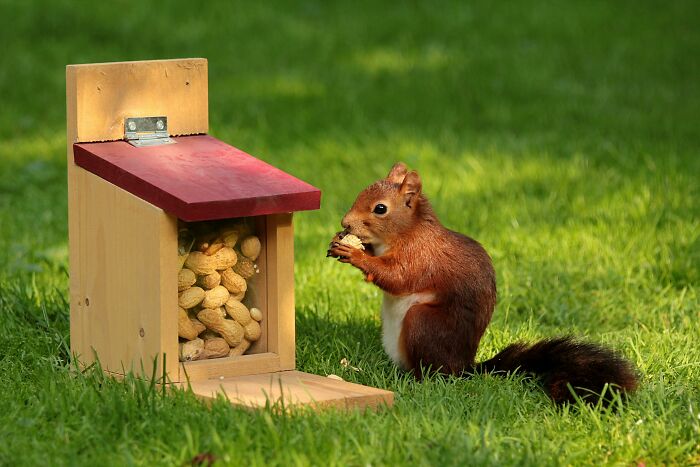
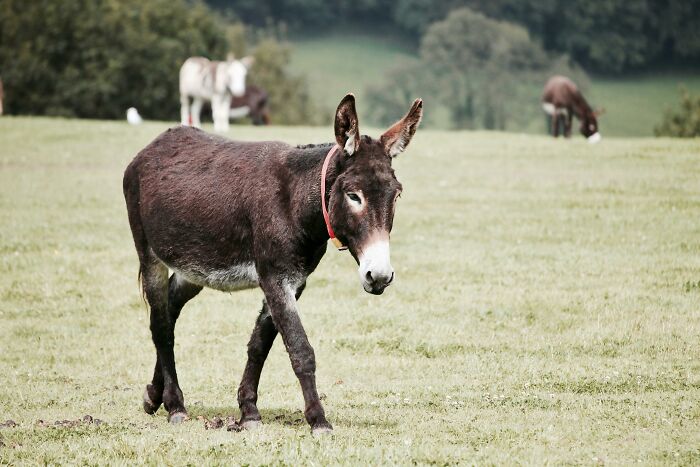
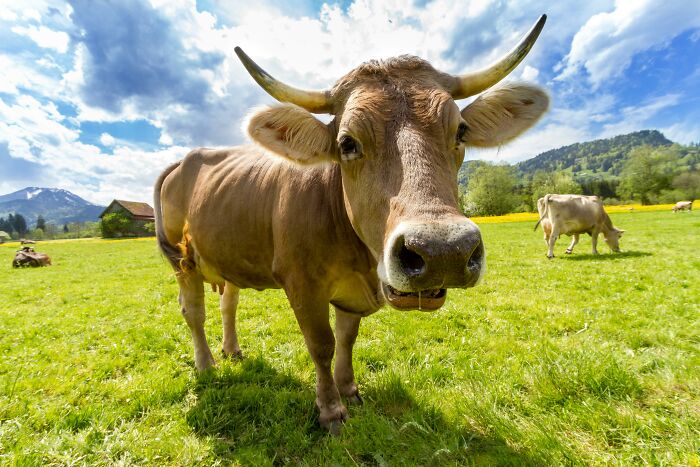
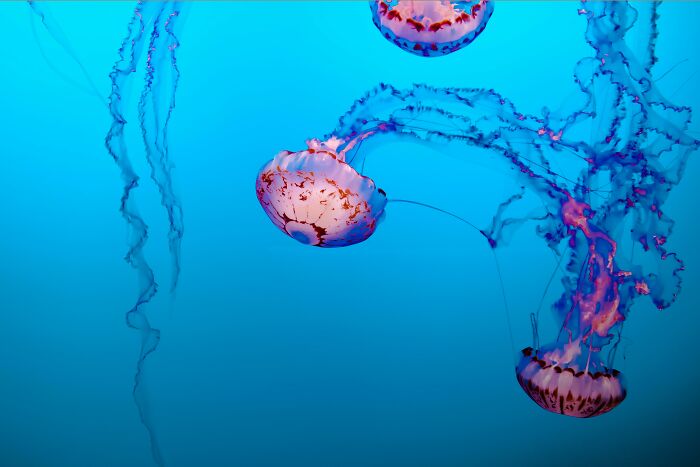
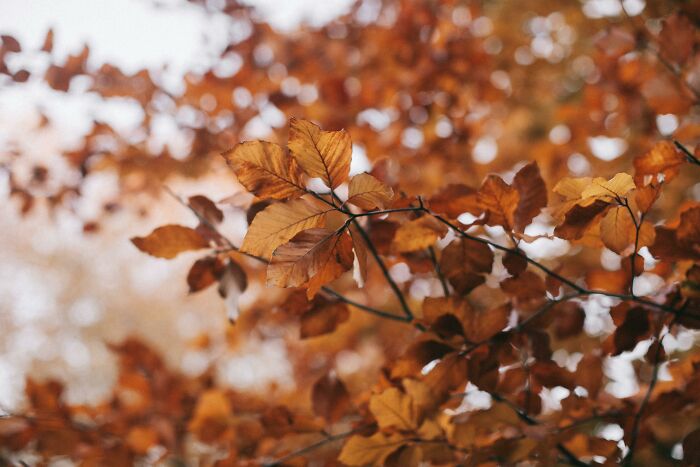
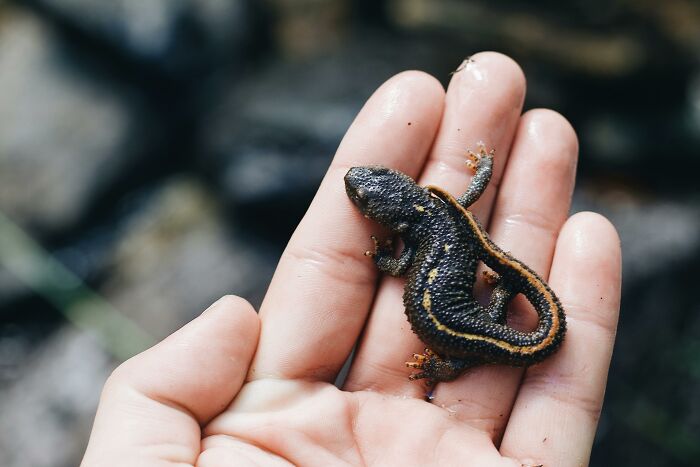
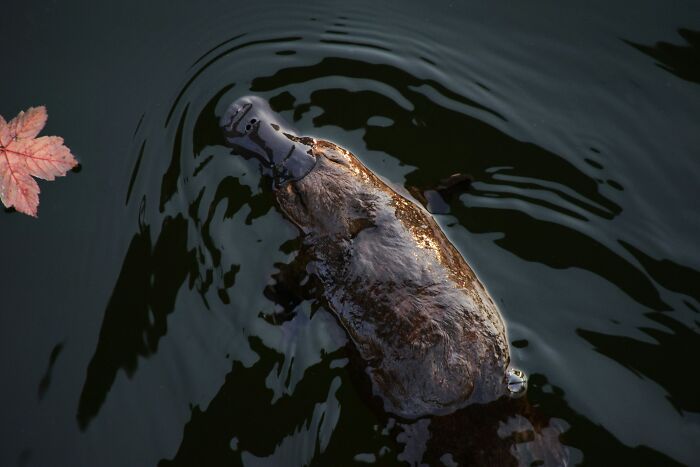
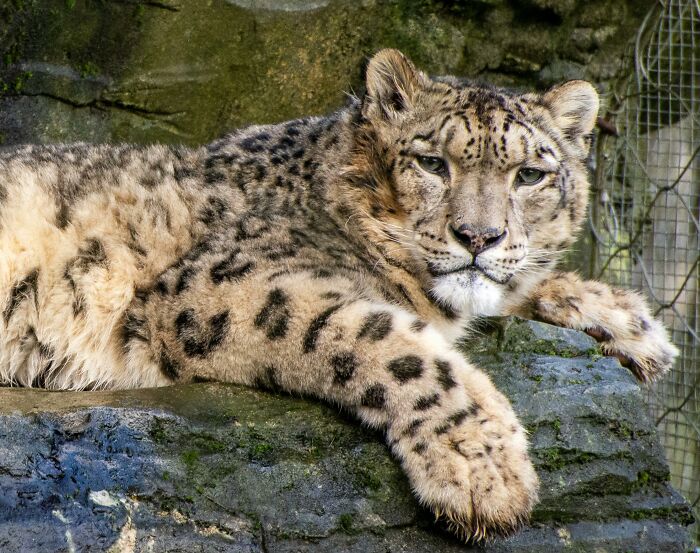
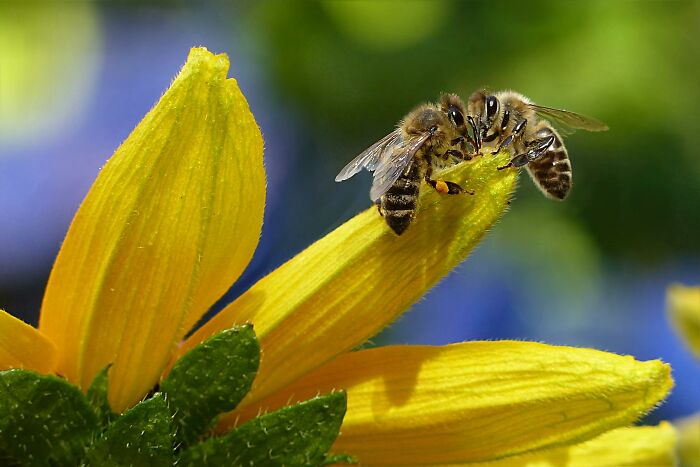
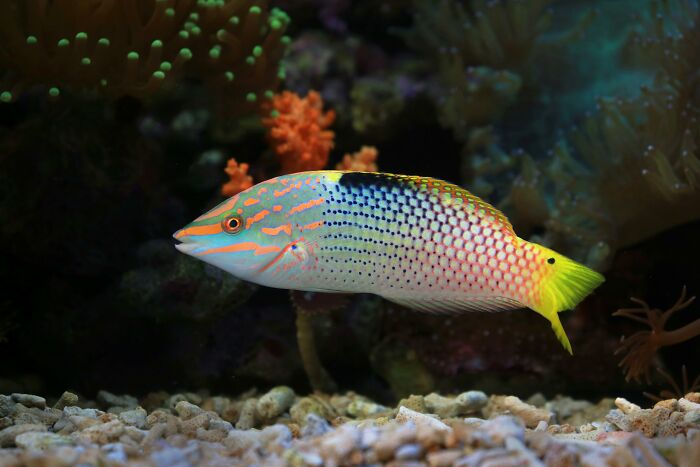
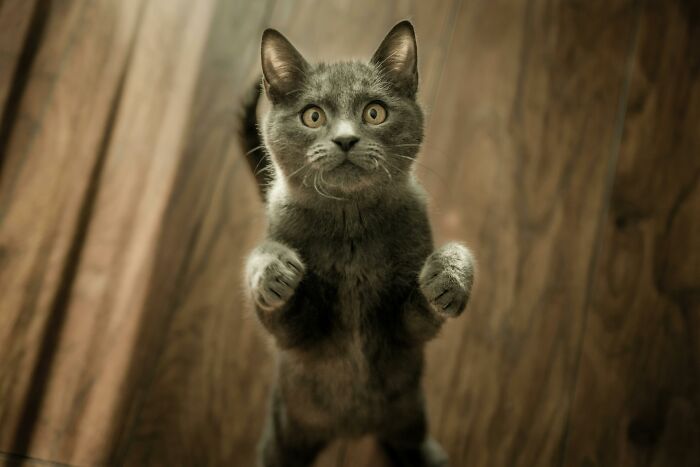
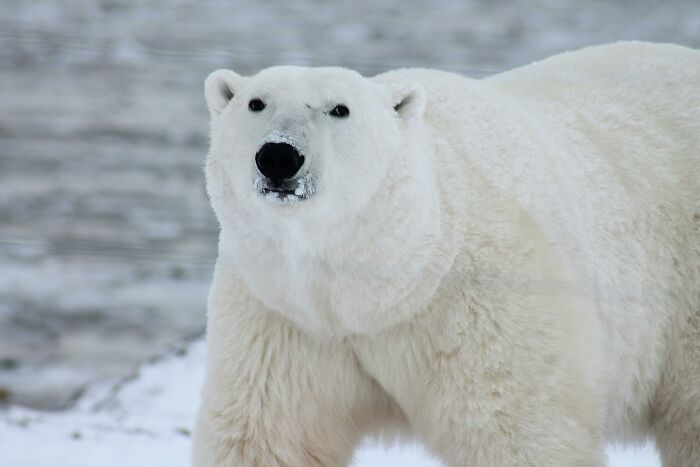
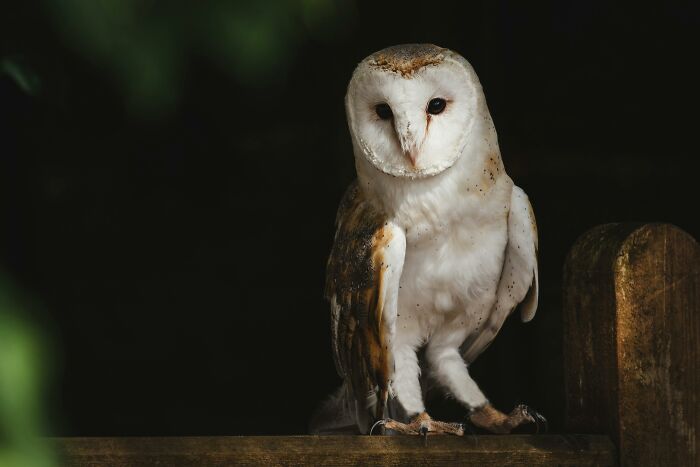




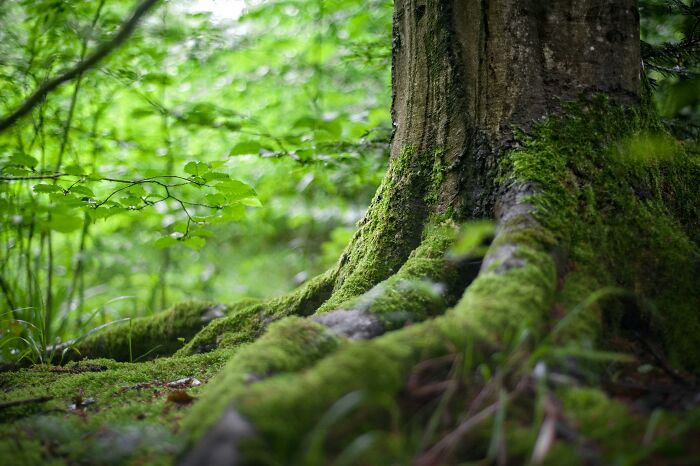
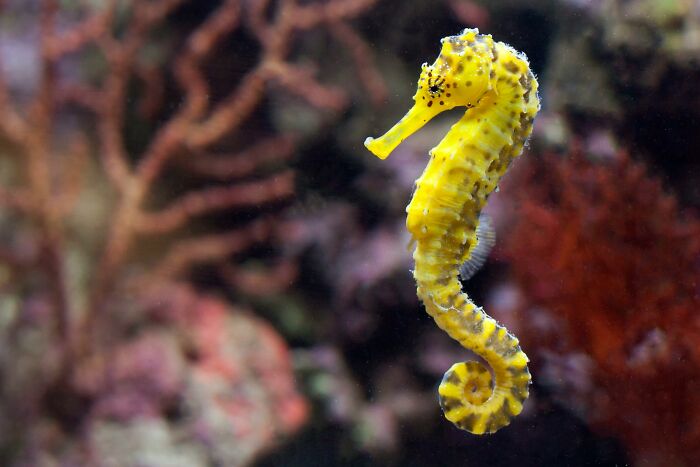




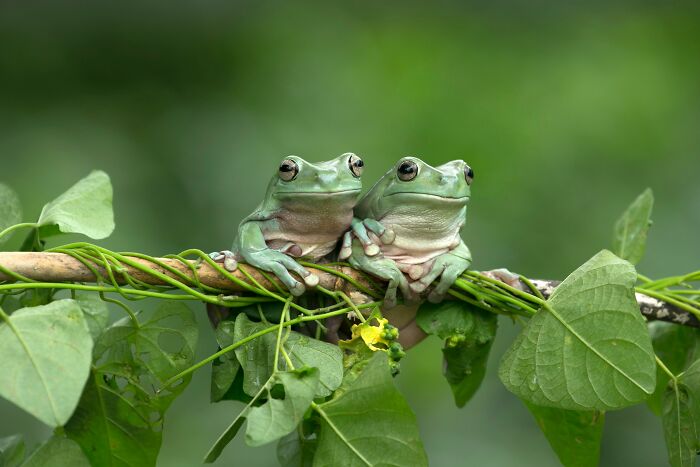
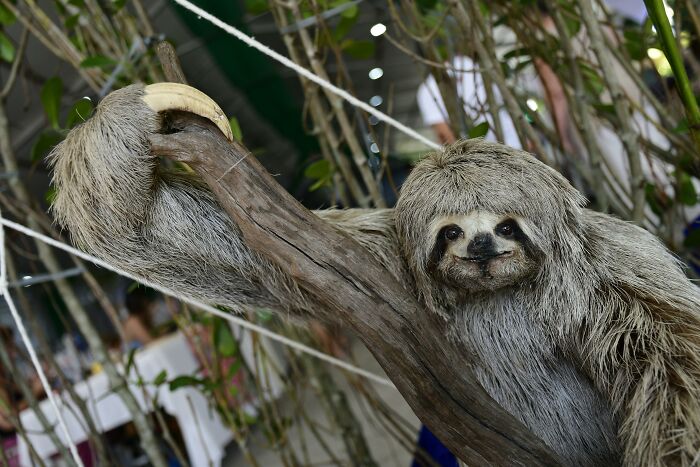





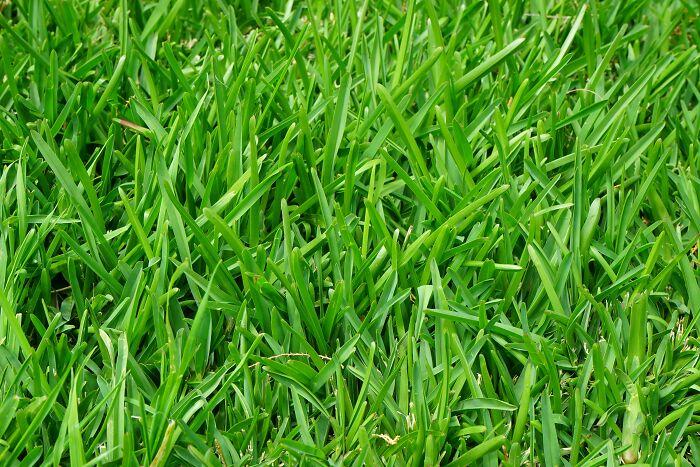
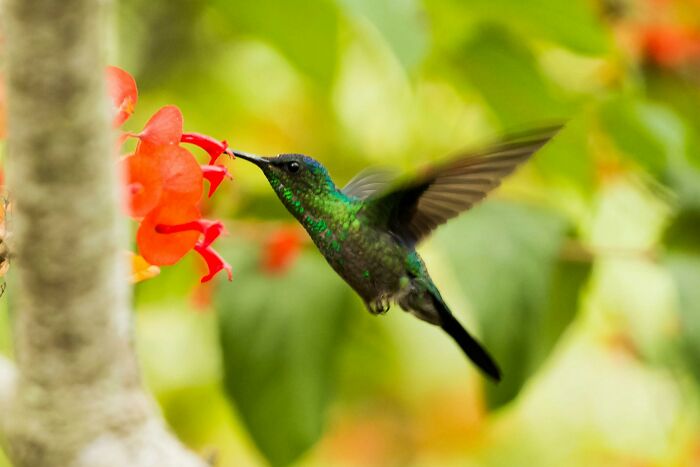




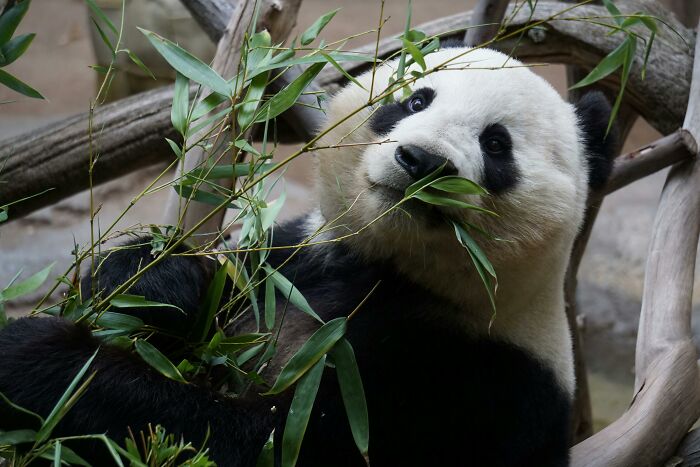
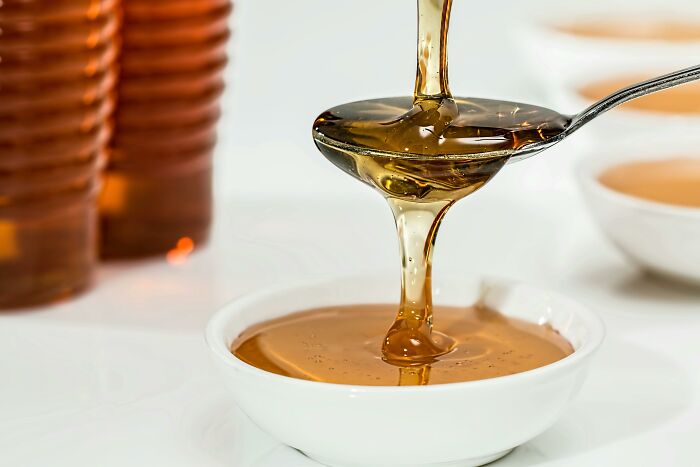
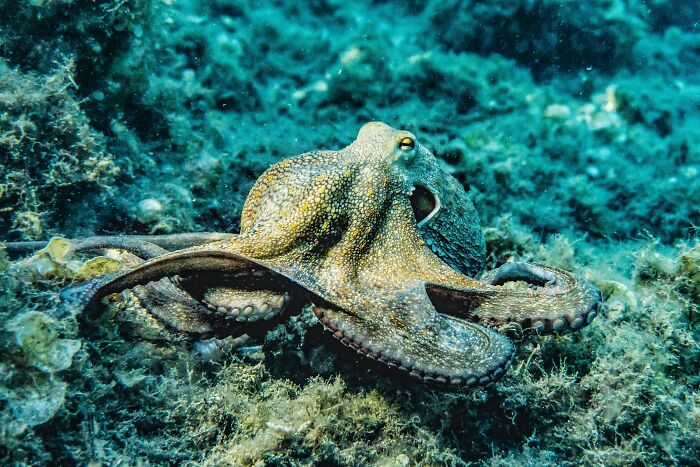
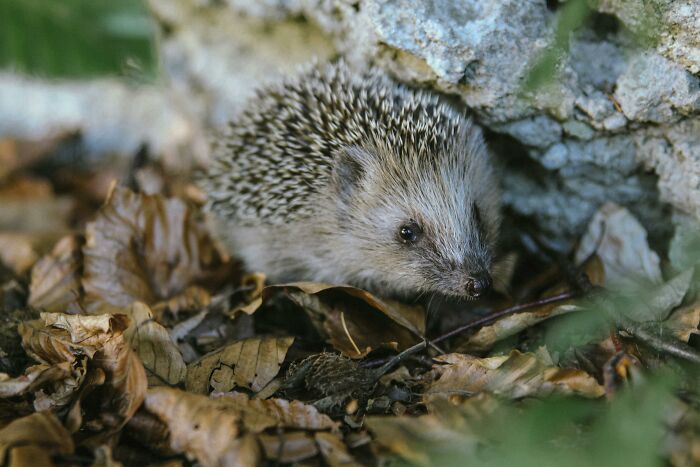




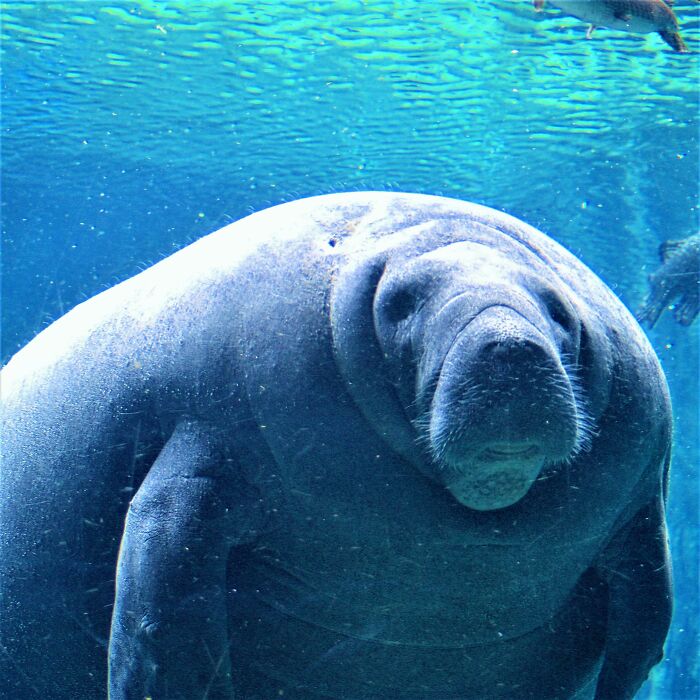
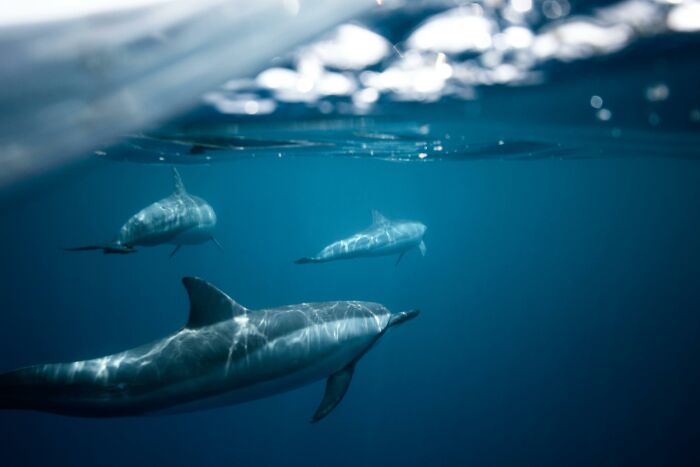




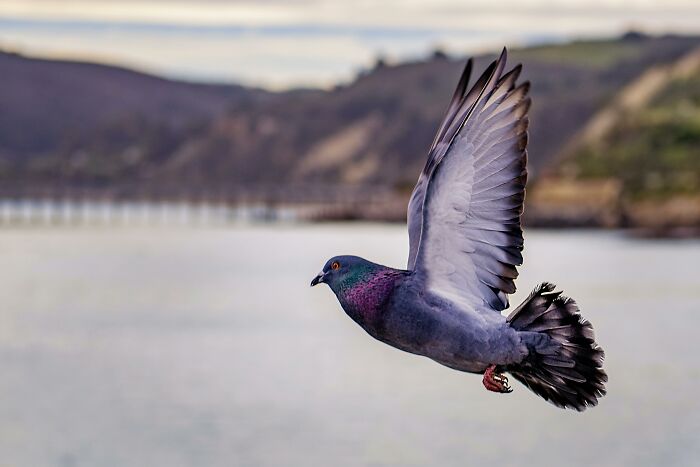





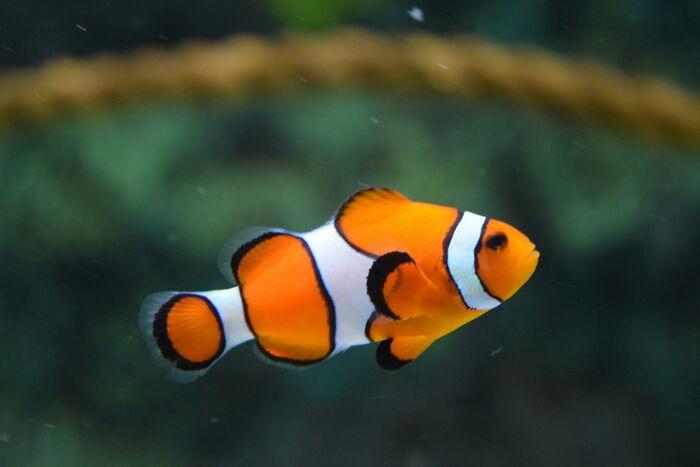
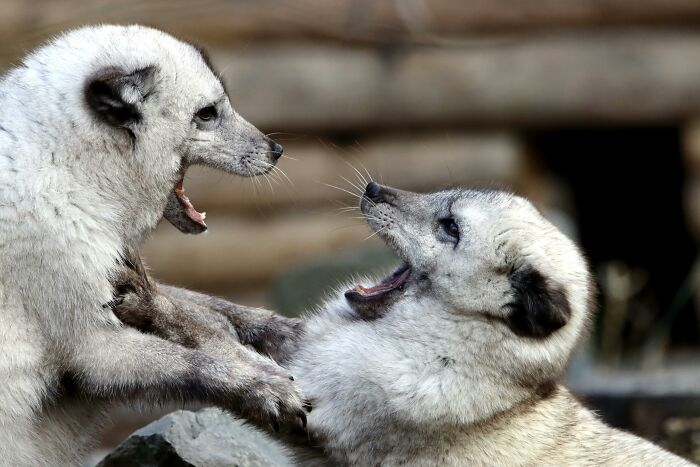
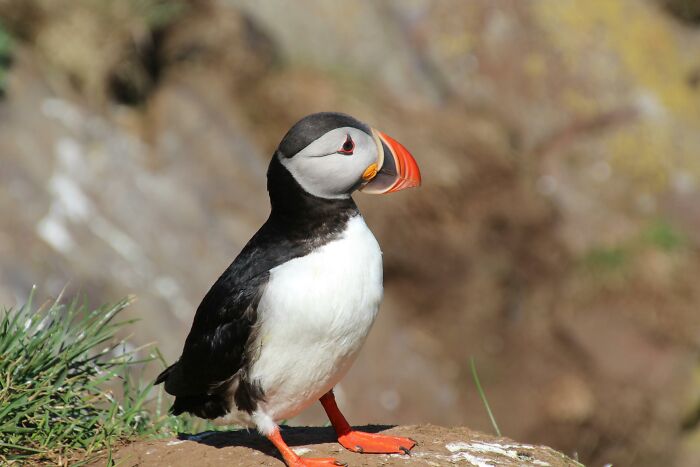
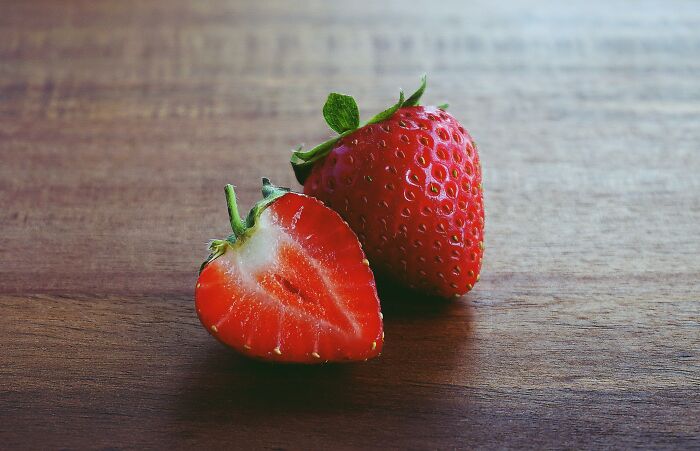
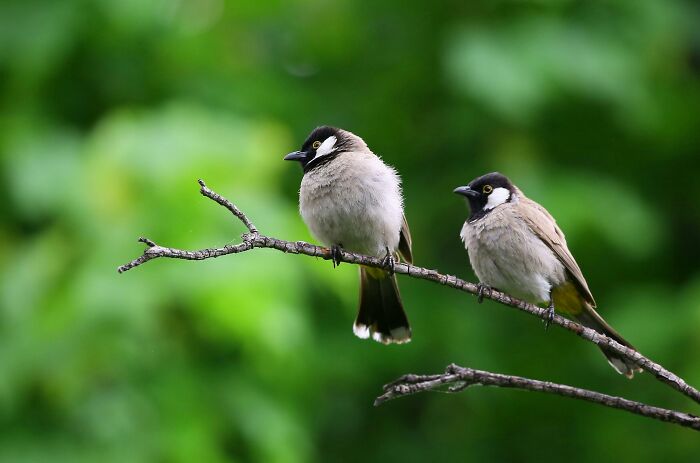
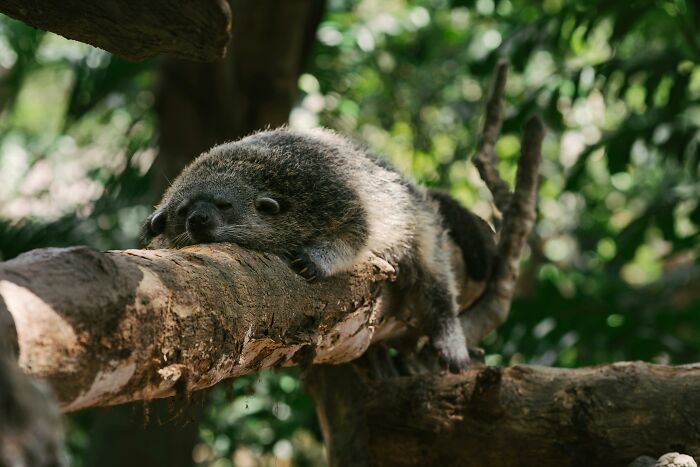
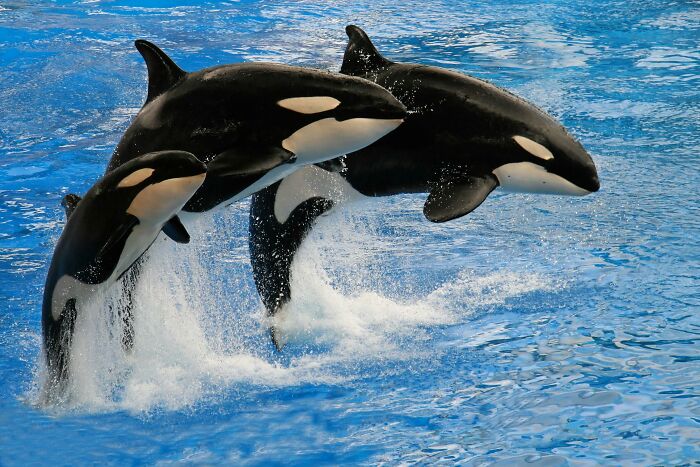
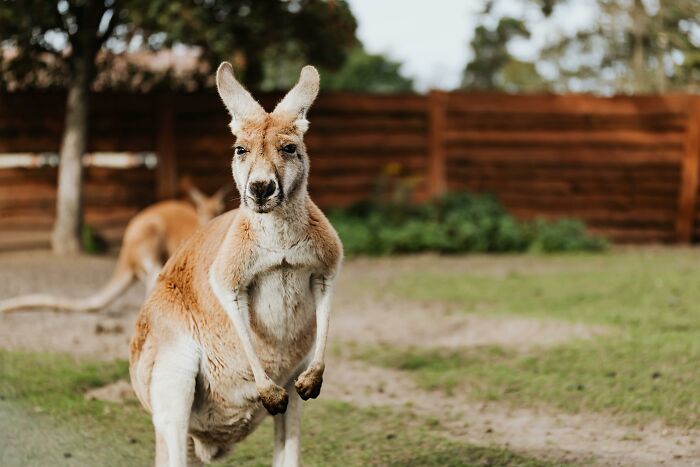
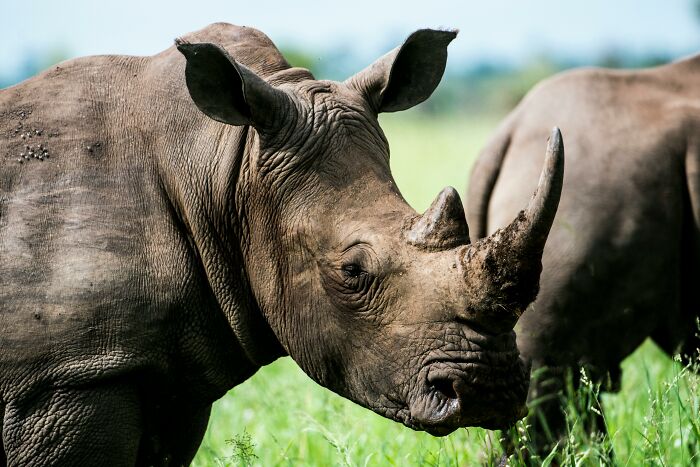








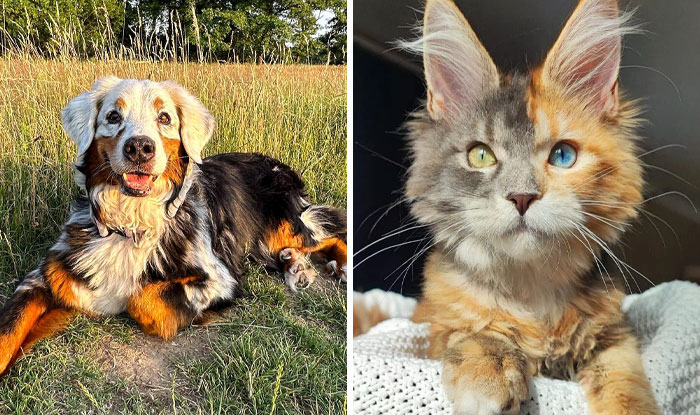







![“AITA For Losing [It] And Screaming At GF To Get Out Of My House After What Her Stepbrother Did?”](https://www.boredpanda.com/blog/wp-content/uploads/2025/01/man-screams-gf-over-creepy-stepbrother-fb18-png__700.jpg)


